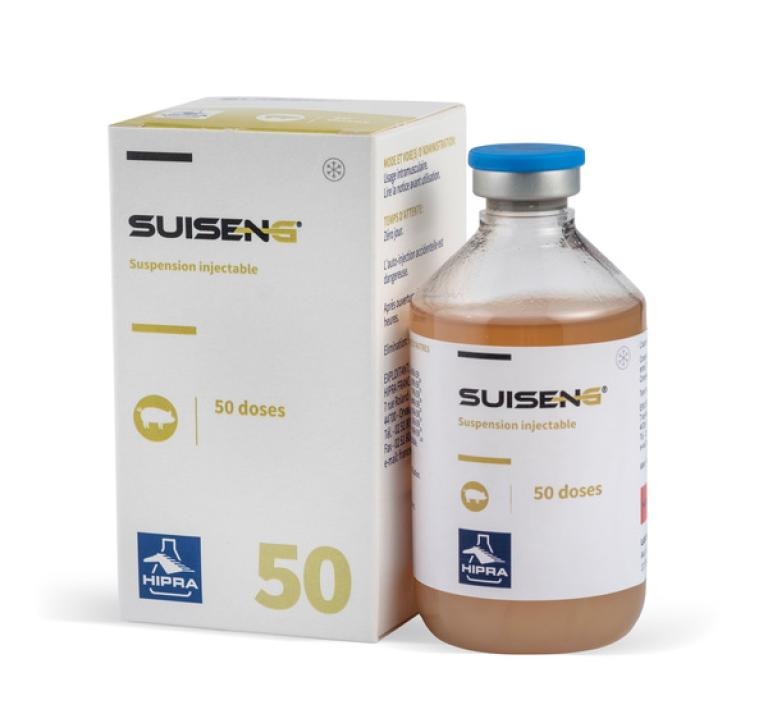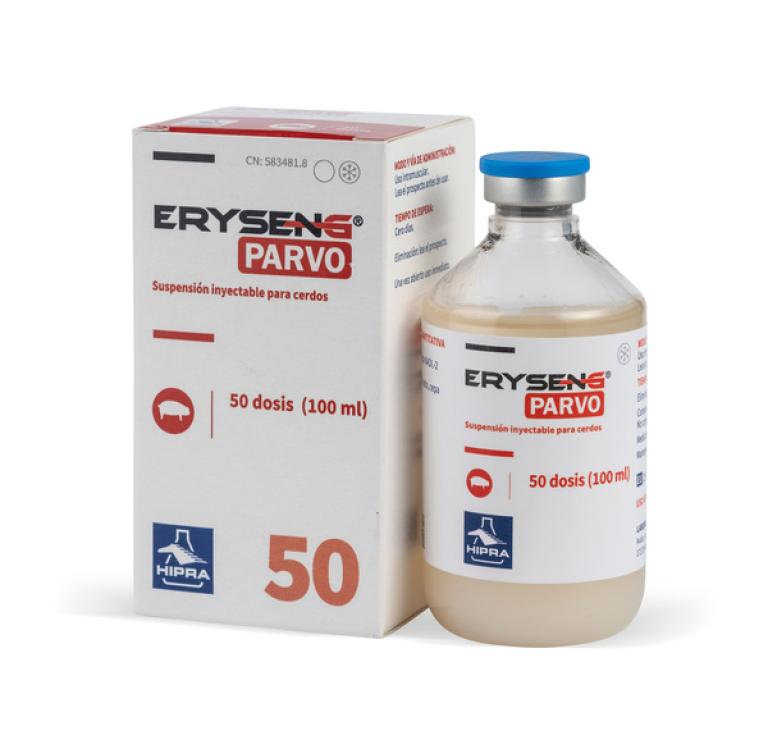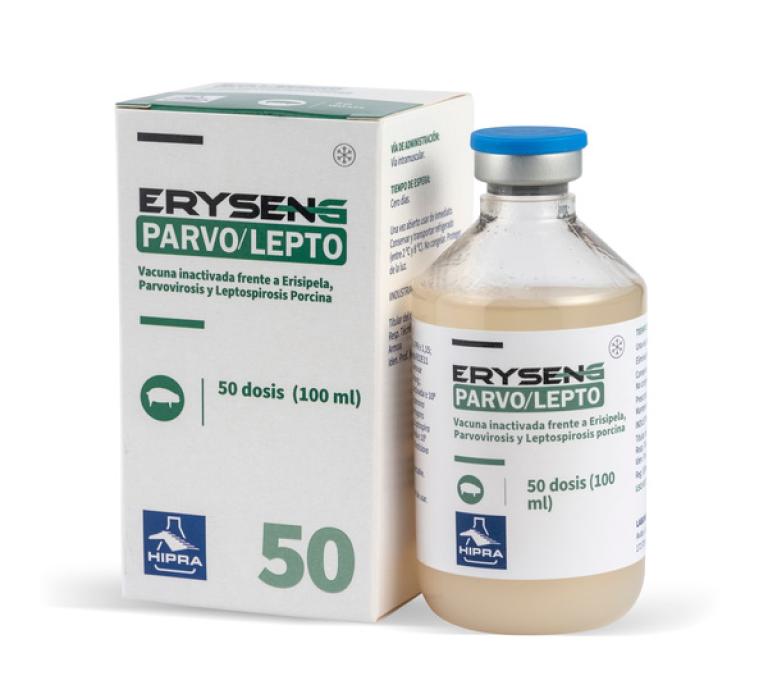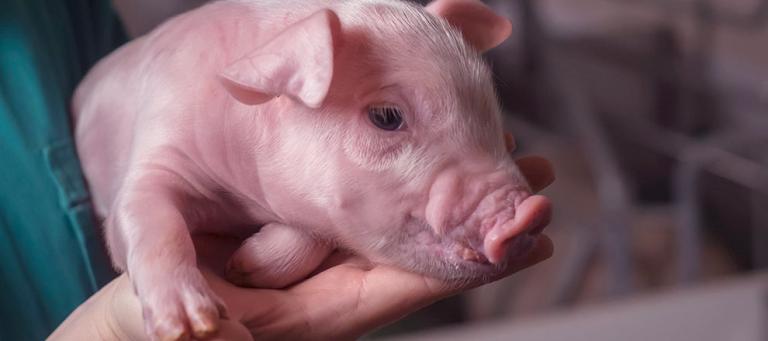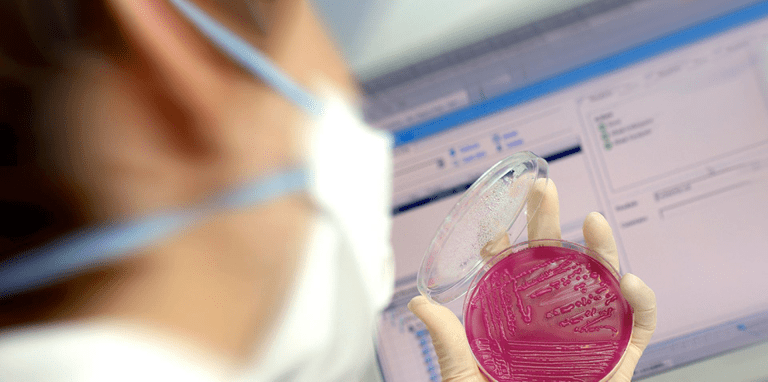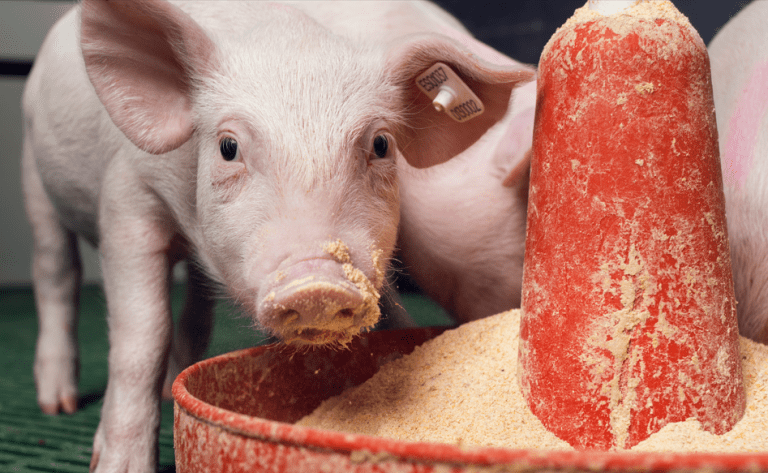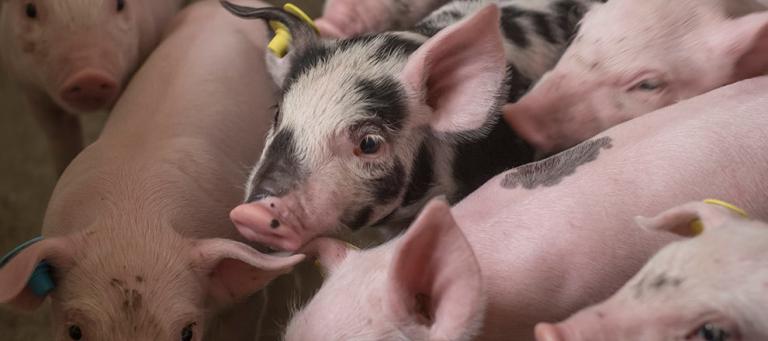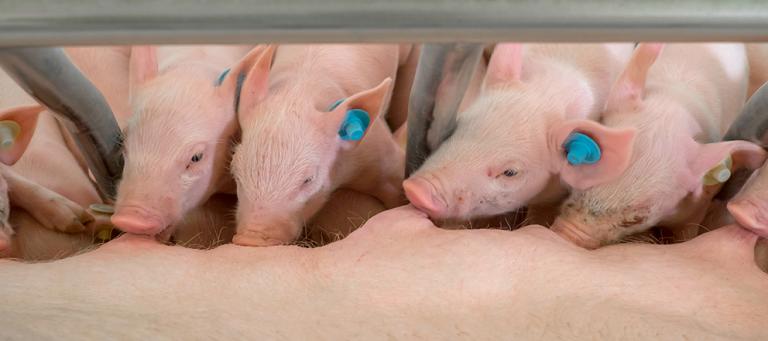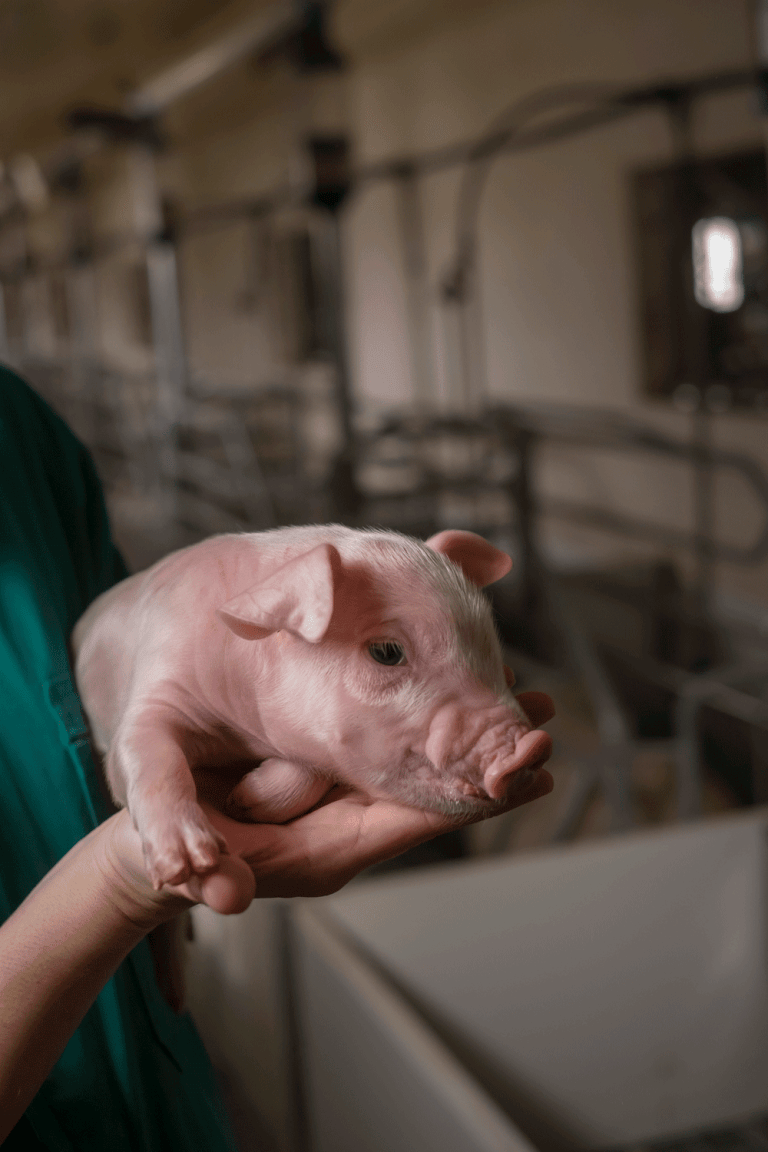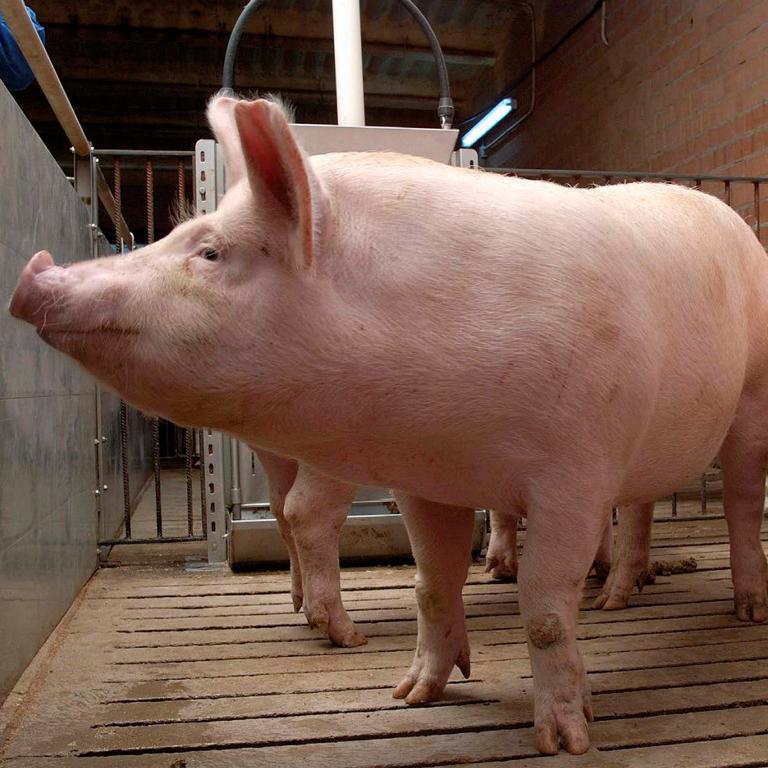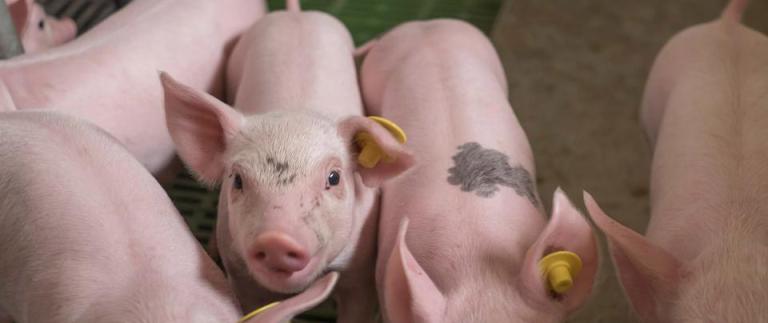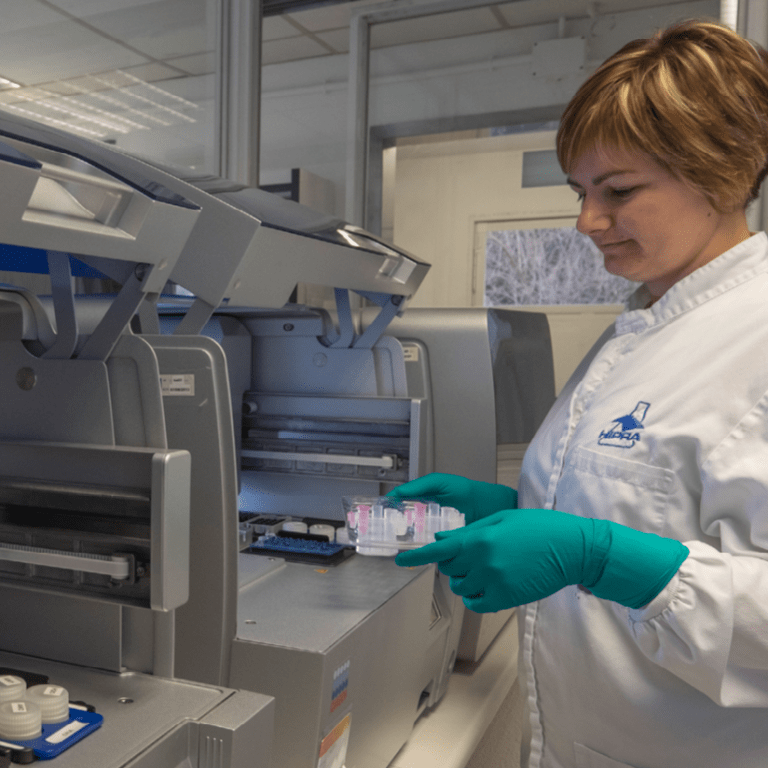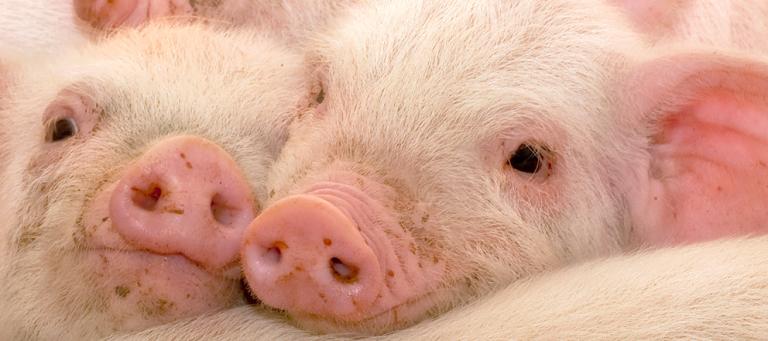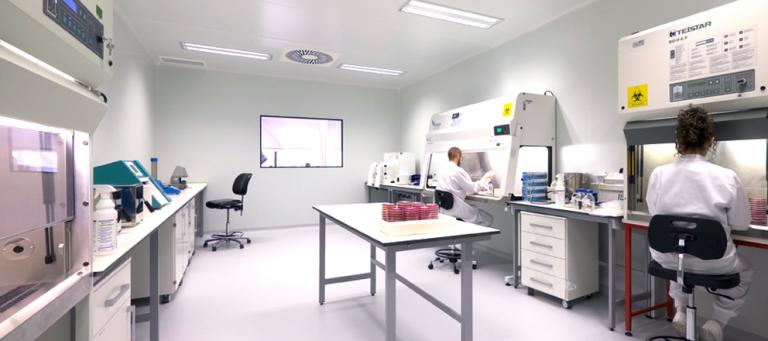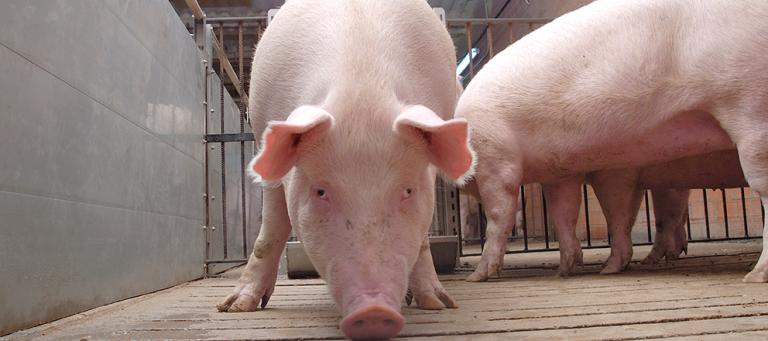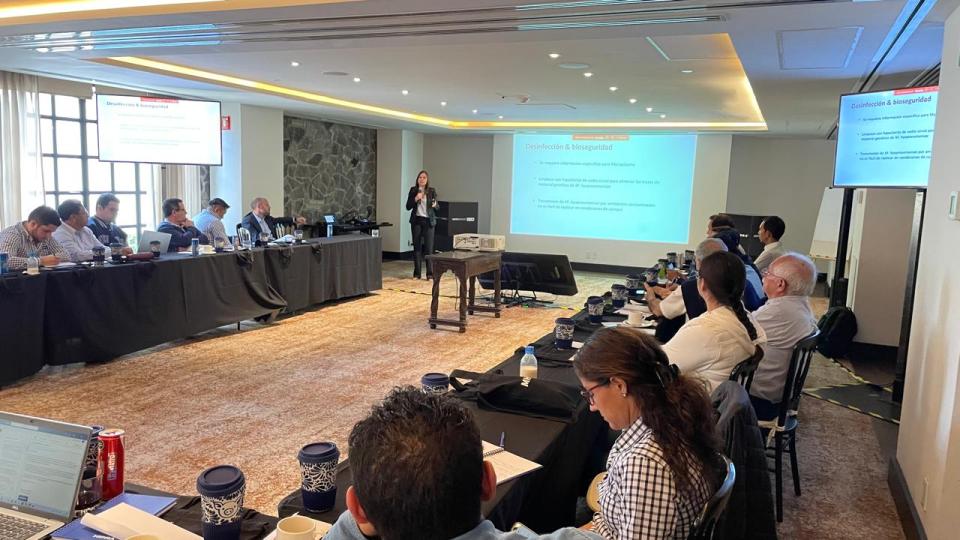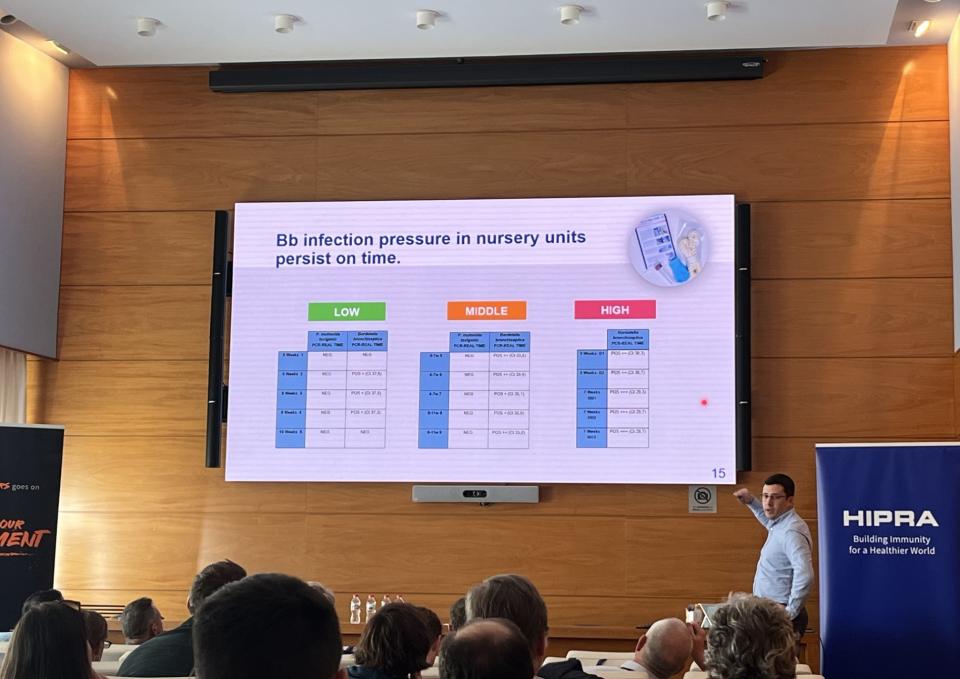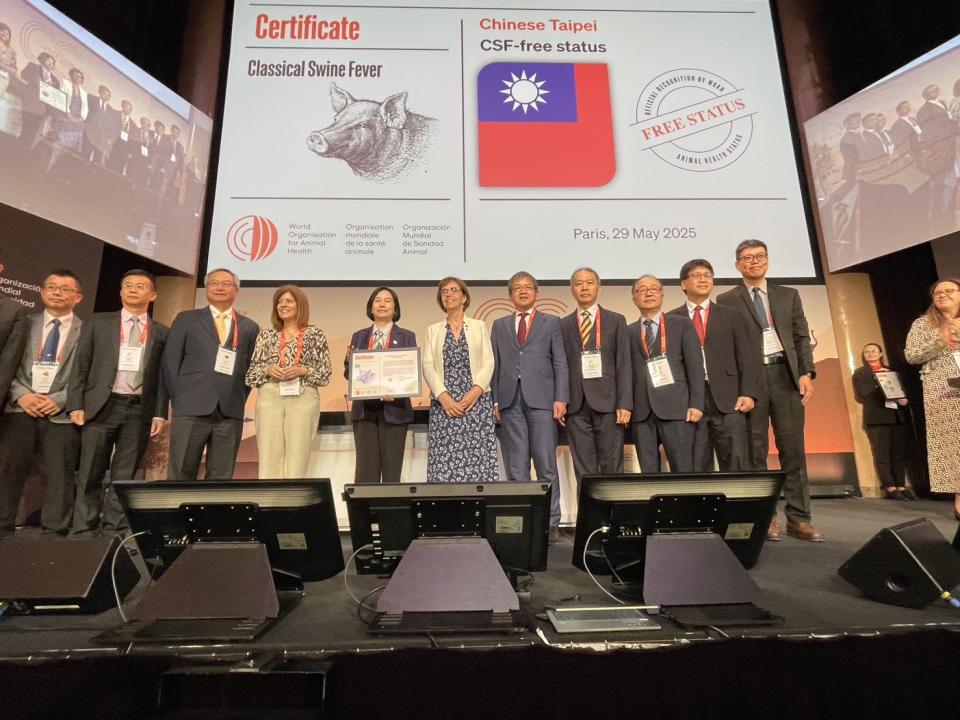AETIOLOGY:
Edema disease (ED) is a highly contagious enterotoxaemia disease causing great economic losses due to increasing mortality and productive alterations in commercial farms. The etiological agent of this disease is a Verotoxin 2e (VT2e) produced by certain E. coli (VTEC) that colonize the small intestine. This VT2e enters the bloodstream and damages vessel walls resulting in edema in targeted tissues.
ED mainly affects piglets between 5–14 days after weaning, although outbreaks in older pigs have been recorded. In affected animals, different clinical forms of the disease have been described.
DISEASE PRESENTATION:
- Clinical form: Easy identified under field conditions due to sudden death without signs of sickness. Affected pigs could show neurological disorders, such as ataxia or paralysis, and also developed swelling of the eyelids and forehead.
- Chronic forms: Occur in a low proportion of pigs recovering from the acute outbreaks of ED.
- Subclinical or asymptomatic forms: Have been described in clinically healthy pigs developing vascular lesions that often results in decreased weight gain.
LESIONS:
The most consistent injury is a degenerative angiopathy of small arteries and arteriales. The edema fluid found in various tissues is the result of a mild increase in vascular permeability. This edema could be detected in eyelids and face, both the gastric cardia and fundus, but also in the mesocolon.
TREATMENT, PREVENTION AND CONTROL:
Several factors contribute to the development and severity of ED such as stress situations, age and weight at weaning, group sizes or farm hygiene.
One of the most commonly used procedures in order to prevent ED is the nutrition management. Several procedures have been described to control the disease such as withholding the feed, increase fiber contents or reduced protein and digestible energy levels. Zinc oxide has also been describe as an E.coli control tool due to the inhibition of its adhesion and internalization, in fact VT2e cannot be produced.
Control of E.coli proliferation could be carried out by antibiotic therapy. On the other hand, antimicrobial susceptibility testing is indispensable for selection of effective drugs which has to reach therapeutic concentrations in the intestinal lumen. We should keep in mind that VT2e has already been absorbed into the circulation and been bound to receptors when clinical signs become visible. In those cases, the use of antibiotics is counter-productive.
DIAGNOSIS:
A presumptive diagnosis is made based on sudden deaths as well as the appearance of neurological disease (partial ataxia or a staggering gait).
Eyelids and forehead edema in thriving pigs 1-2 weeks after weaning or after the entrance in the fattening phase, is also a very common clinical sign. Traditional diagnosis was based on the presence of typical lesions and culture of the offending E. coli along with confirmation of VT2e virulent factor by PCR, usually after E.coli culture.
A presumptive diagnosis is made based on sudden deaths as well as the appearance of neurological disease (partial ataxia or a staggering gait). Eyelids and forehead edema in thriving pigs 1-2 weeks after weaning or after the entrance in the fattening phase, is also a very common clinical sign. Traditional diagnosis was based on the presence of typical lesions and culture of the offending E. coli along with confirmation of VT2e virulent factor by PCR, usually after E.coli culture.




